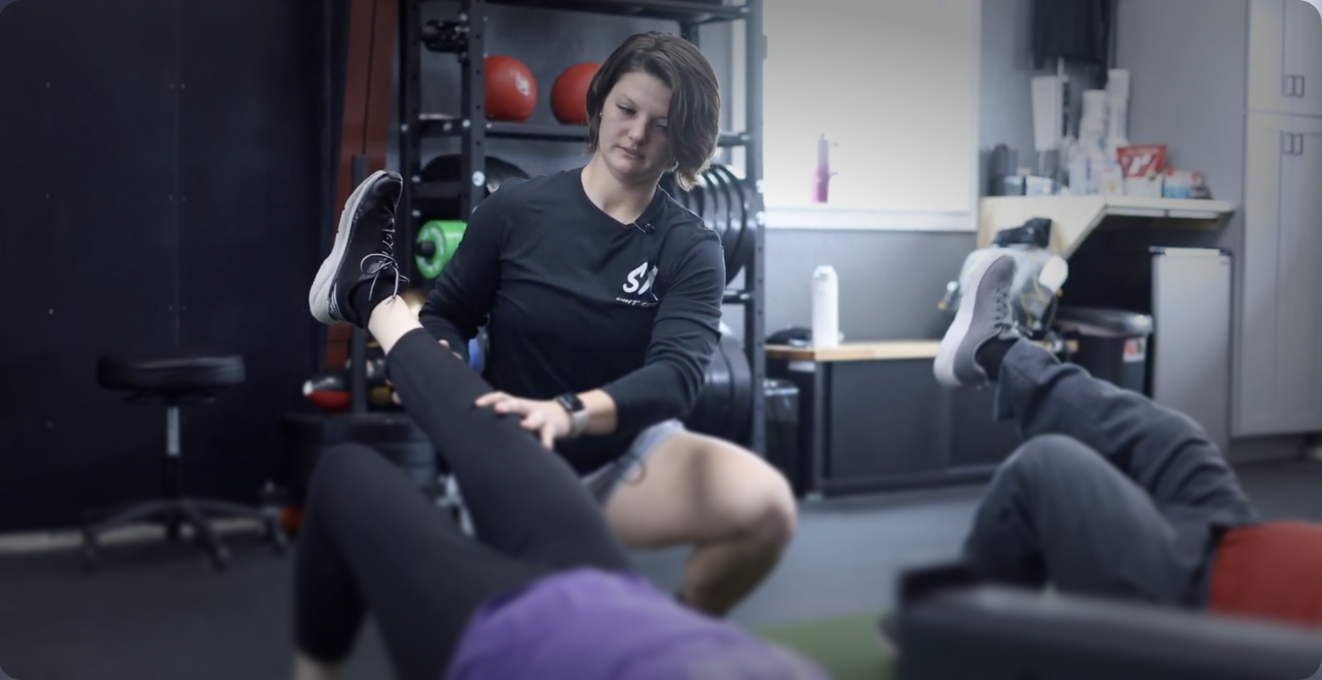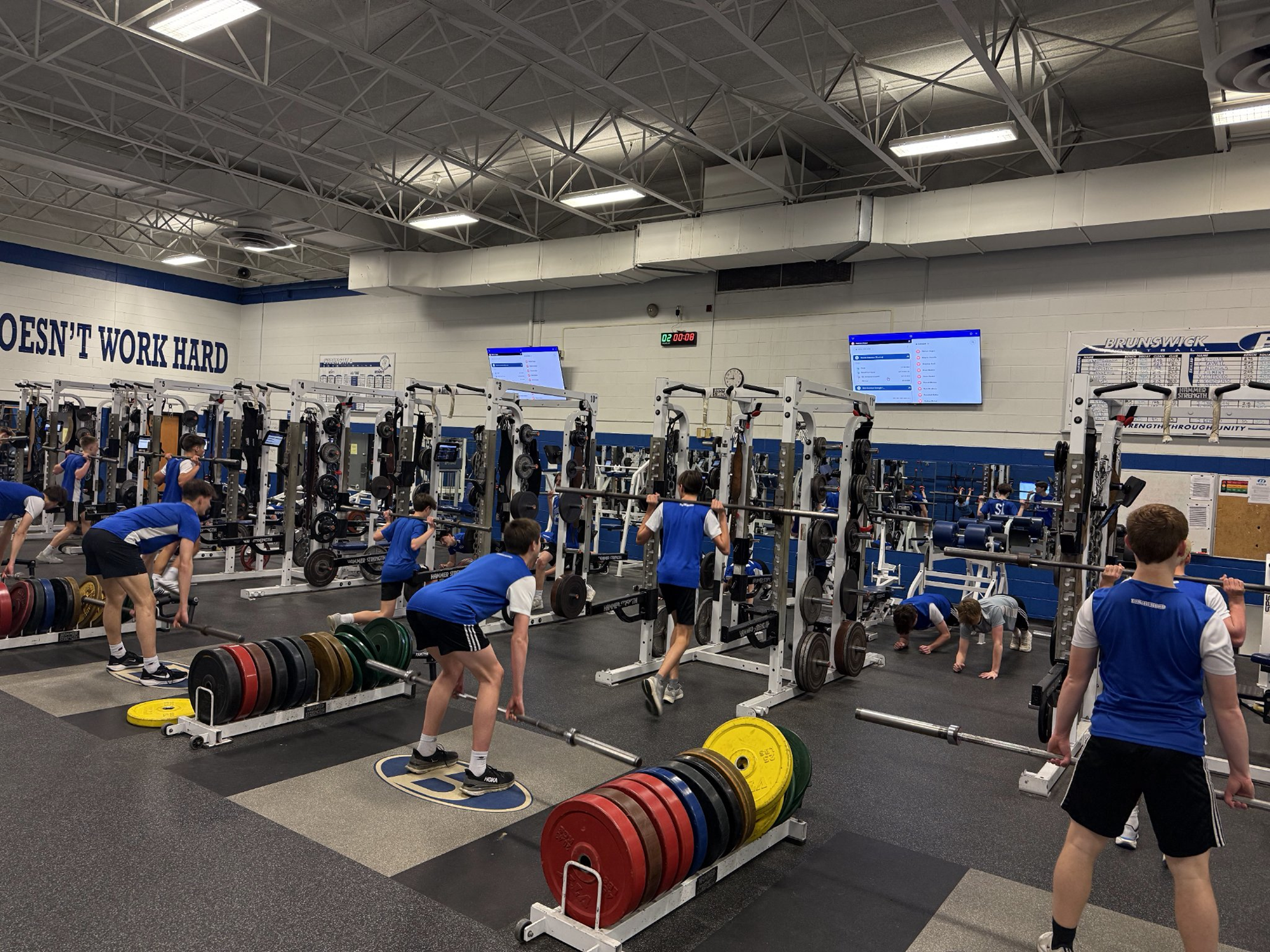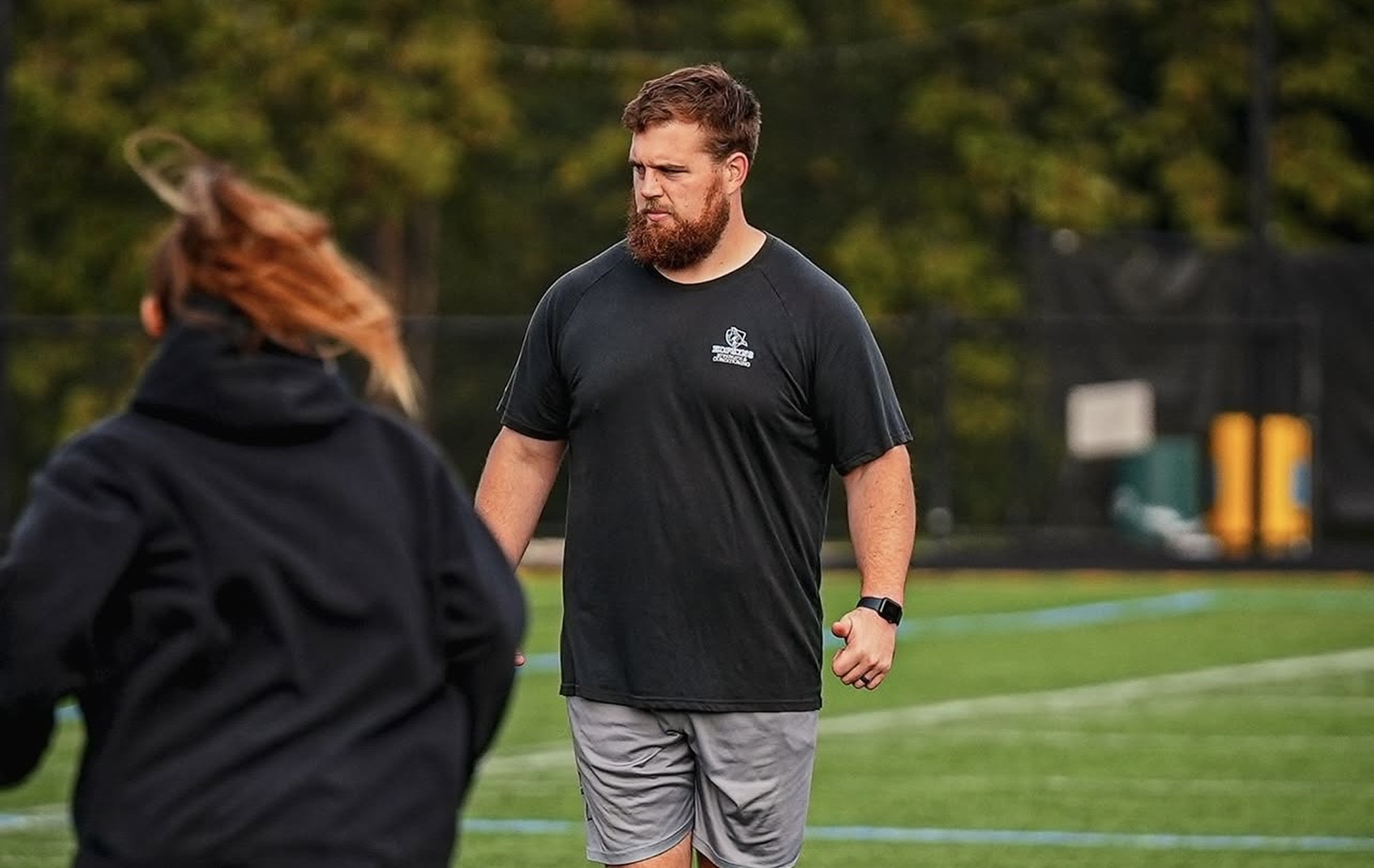Scalable Performance Systems for Collegiate Athletics
Introduction
At Elon University, efficiency and performance go hand in hand. Led by a former NFL athlete turned director of strength and conditioning, the program serves all of Elon’s athletic teams with a clear mission: deliver individualized, high-quality training to every athlete.
With a focus on organization, data tracking, and long-term athlete development, Elon sought a better system to support both athletes and coaches across departments.
That’s where TeamBuildr stepped in—replacing outdated spreadsheets and printed lift cards with a centralized, digital solution that saves time, boosts accountability, and empowers smarter coaching.

Challenges
When Nick DiMarco took over in 2018, Elon’s athletic performance program was in a state of transition. While previous coaches had provided strong training, the department lacked consistent systems and service quality across sports. Training programs were managed in Excel, with strength cards printed weekly—costing staff hours in updates, reprints, and manual data entry.
“If I didn’t have the ability to fund using TeamBuildr through our athletic department, I would pay out of pocket to use it. The amount of time it saves is unbelievable,” DiMarco said.
Injury modifications meant rewriting cards on the fly, and customizing programs for each sport or athlete group was time-consuming and inefficient. Additionally, the department needed a better way to monitor progress, communicate across teams, and streamline how data was collected and shared. The goal was to eliminate inefficiencies and create a structure that allowed coaches to spend more time coaching and less time in spreadsheets.
Solution
Elon uses TeamBuildr Strength to manage programming for every athletic team on campus—from football and basketball to cross country and golf. With tablets at every rack and digital profiles for each athlete, coaches can create customized workouts for different ability levels, positions, and training goals—like size development, speed improvement, or foundational strength.

Instead of manually printing and distributing workout cards, staff now uses the parent calendar and subgroup features to individualize plans with just a few clicks. “Not having to print lift cards is number one. That’s just such an enormous time dump for coaches,” DiMarco said.
Injured athletes can opt out of certain lifts and instantly swap in alternatives with appropriate weights and loading percentages—cutting down hours of reprogramming. “Being able to opt out and swap exercises that still pull the right percentages and loading for each athlete—that’s an absolute game changer, DiMarco added.
Daily performance metrics like vertical jump, sprint times, and bar speeds are automatically logged through TeamBuildr, enabling the staff to treat “training as testing.” This real-time data is stored, analyzed, and shared using built-in reporting tools like completion logs and comparison dashboards. Coaches and athletes alike can view live leaderboards and performance history—bringing a new level of motivation and accountability to each session.
The software has also helped reduce the administrative burden of programming extra work. Athletes can select customized mobility or prehab routines from a library of tagged video programs without needing one-on-one coach supervision.
And through Peak Performance Meetings—collaborative sessions between strength staff, athletic trainers, and sport coaches—TeamBuildr’s AMS supports informed decisions around practice intensity, readiness, and recovery strategies. “Our peak performance meetings bring together sport coaches, athletic trainers, and even academics. TeamBuildr helps us all stay aligned with real-time data,” DiMarco mentioned.
Results
Since implementing TeamBuildr, Elon’s performance staff has saved countless hours per week—freeing up time for more coaching, collaboration, and family life. The ability to track and adjust workouts in real time has improved athlete engagement, reduced paper clutter, and created more adaptive, data-driven training environments.
“We try to reverse engineer each sport and build backwards from what they need. TeamBuildr helps us do that in a clean, scalable way,” DiMarco said.
Most importantly, the platform has enhanced consistency and service quality across all teams, fulfilling the program’s mission of providing elite-level training for every athlete, every day. As Elon continues to expand its tech stack, TeamBuildr’s integrations and AMS will play a central role in future growth and athlete performance.
Subscribe to our blog
Subscribe to receive the latest blog posts to your inbox every week.
Related posts

Scaling a Modern Gym With Integrated Training Software

Brunswick High School Strength & Conditioning Program
